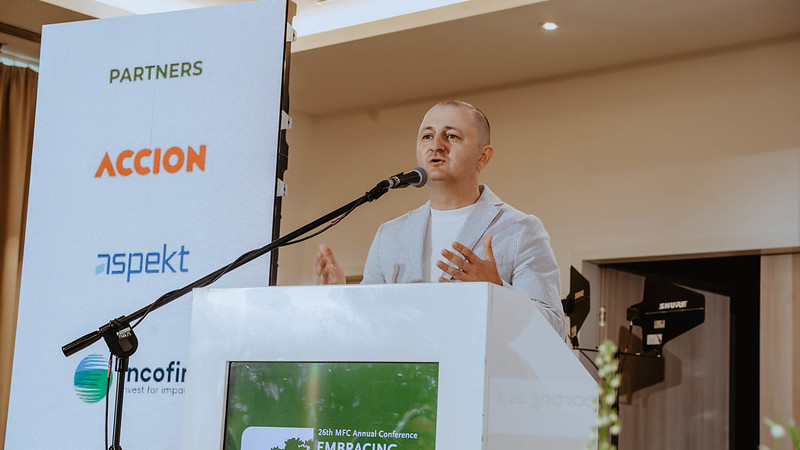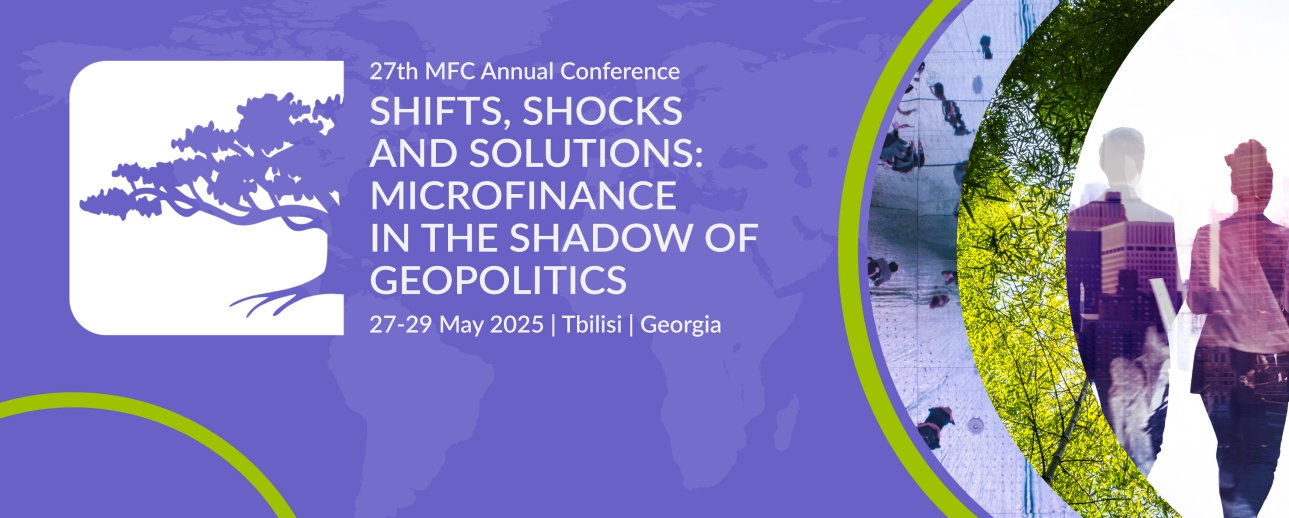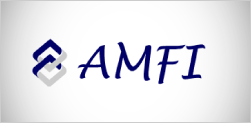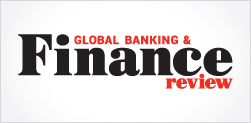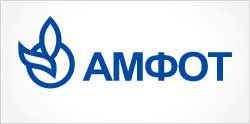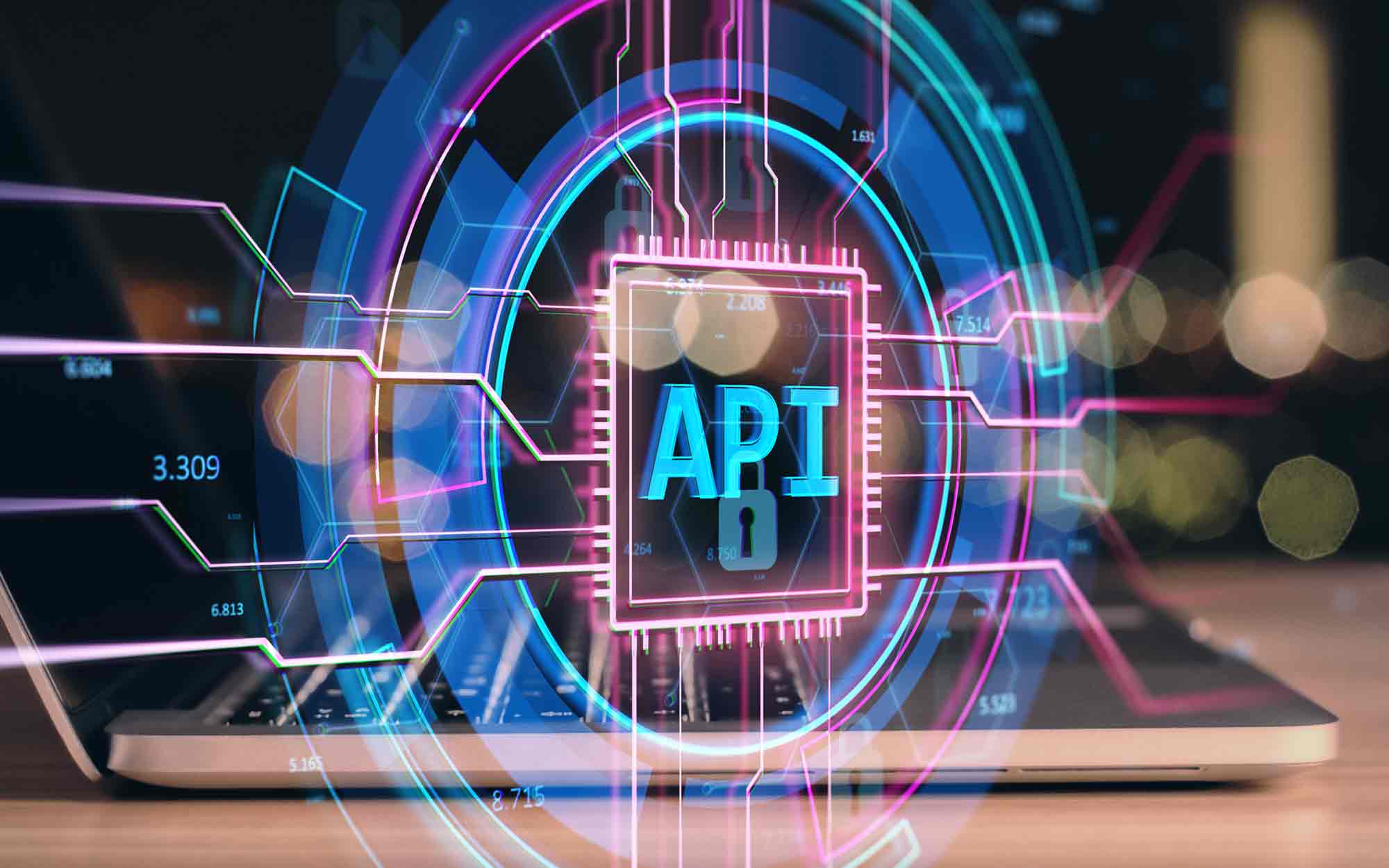Around 1.4 billion adults worldwide remain unbanked, meaning they do not have an account with a financial institution or a mobile money provider according to Global Findex 2021, published by the World Bank. This marks significant progress compared to 2.5 billion in 2011 and 1.7 billion in 2017.
Unbanked populations are overwhelmingly concentrated in developing economies, as account ownership is nearly universal in high income countries. In fact, 54% of all unbanked adults, approximately 740 million people, are located in just seven countries.
Microfinance institutions (MFs) play a vital role in addressing this global challenge. They are offering accessible financial services, bridging the digital gap, expanding outreach in rural areas, supporting women and marginalized groups, promoting financial literacy, being flexible and having inclusive credit assessments, and actively encouraging first time account ownership.
Despite playing an essential role in the financial sector, Microfinance institutions (MFs) face several challenges, that prevent them from reaching their full potential.
Hurdles to Impact: Why Microfinance Isn’t Reaching Its Full Potential And How Modular Banking Can Help
Microfinance institutions are uniquely positioned to reduce the global unbanked population by designing services that are local, inclusive, and adaptable. But without the right digital infrastructure—like the flexibility offered by modular banking—they often struggle to scale, cut costs, or respond to evolving client needs.
With continued investment in digital infrastructure, education, and policy support, MFIs can dramatically accelerate financial inclusion across developing economies, but the reality is slightly different.
Based on the Microfinance in the Caucasus and Central Asia – 2024 Edition report, here are key reasons why microfinance isn’t reaching its full potential in the region:

Microfinance institutions (MFs) play a vital role in addressing this global challenge. They are offering accessible financial services, bridging the digital gap, expanding outreach in rural areas, supporting women and marginalized groups, promoting financial literacy, being flexible and having inclusive credit assessments, and actively encouraging first time account ownership.
